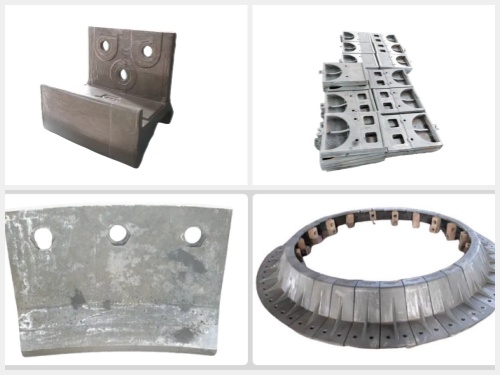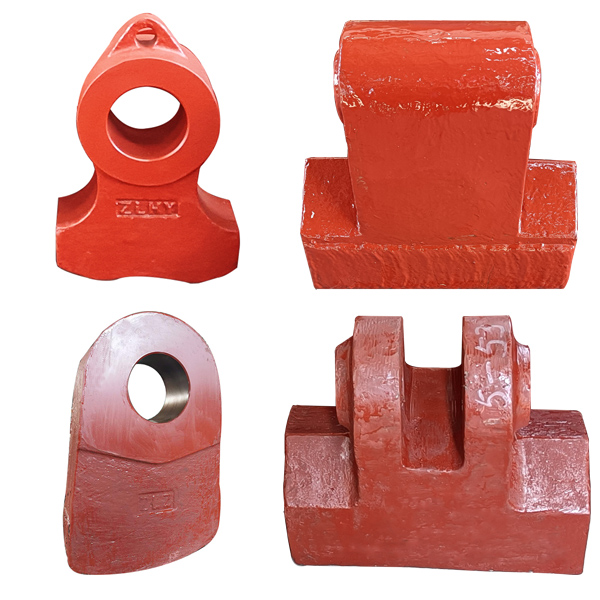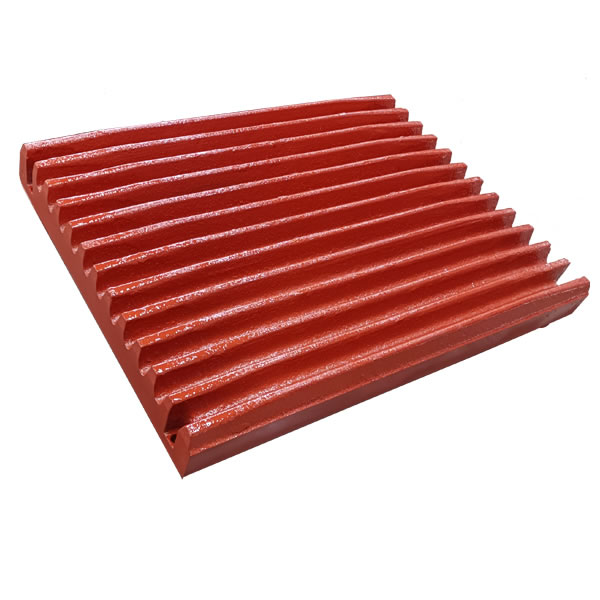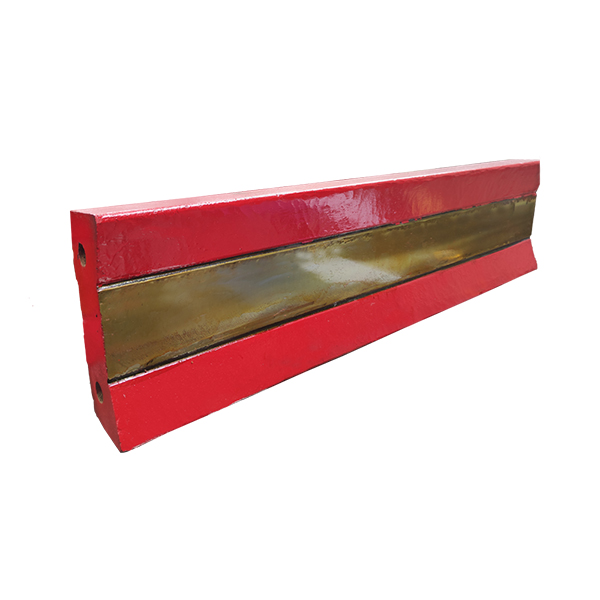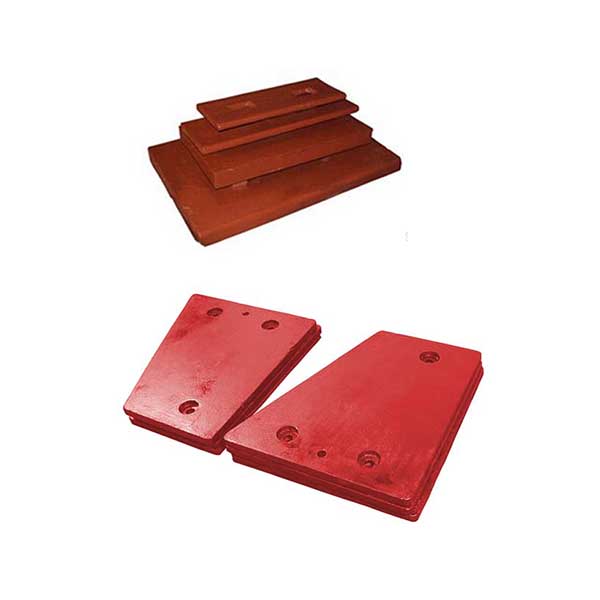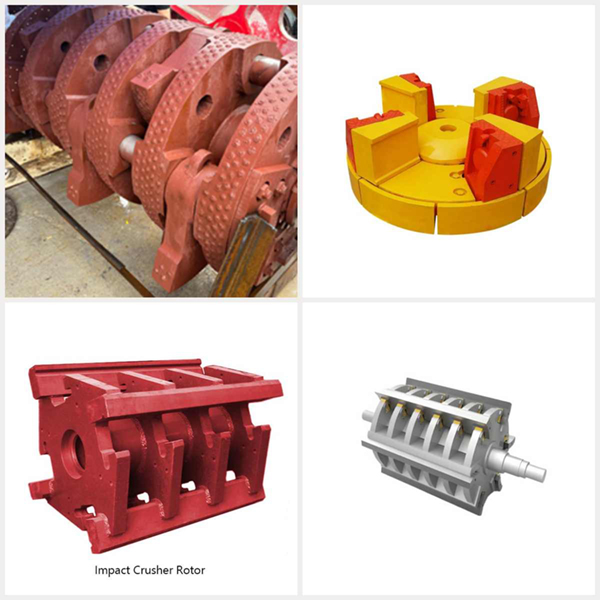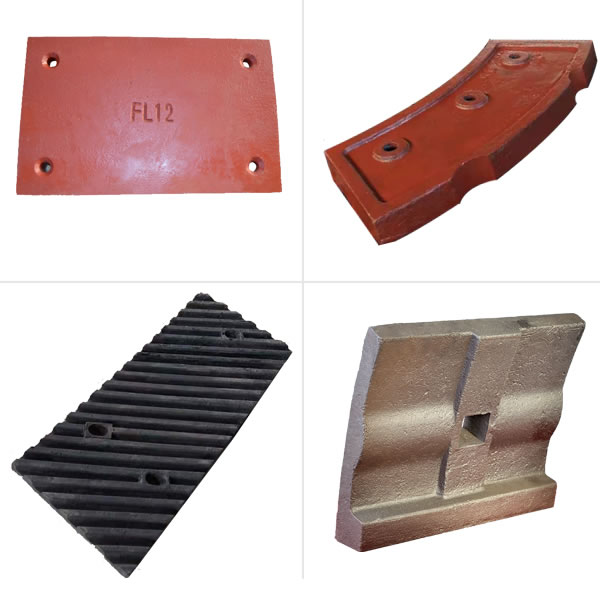In the cement production process, raw materials such as limestone, clay, iron ore and coal are crushed by crushers, ground by grinders and homogenized, and then heated by cyclone preheaters to make full use of the waste heat of exhaust gas discharged from rotary kilns and decomposition furnaces to preheat the raw materials and decompose some carbonates, and then processed and fired into cooked materials by rotary kilns.
Cyclone preheaters generally consist of an air inlet pipe, a cyclone barrel, an air outlet pipe, a cooling medium pipeline and a heat exchanger. The air inlet pipe is used to guide high-temperature gas into the cyclone barrel, which is the main part of the heat exchange between the cooling medium and the high-temperature gas, and the air outlet pipe is used to discharge the cooled high-temperature gas. The cooling medium pipeline is used to guide the cooling medium into the cyclone preheater and transfer heat to the preheated medium. The heat exchanger is used to increase the temperature of the cooling medium, recover heat or preheat other media.
Finally, it enters the rotary kiln, and the material in the kiln moves axially while turning in the circumferential direction. Thus, it slowly flows through the entire cylinder. In the rotary kiln, the carbonate further decomposes rapidly and undergoes a series of solid-phase reactions to generate various minerals in cement clinker. As the temperature of the material rises, the minerals will become liquid phase to complete the dehydration and decarbonization process and burn into clinker. The clinker is discharged from the lower end of the rotary kiln (also known as the tail end of the kiln) and enters the cooling system. The fuel is sprayed from the lower end into the high-temperature area of the kiln for combustion. Under the action of natural or mechanical ventilation at the kiln head, the hot flue gas and the material flow through the entire kiln in reverse, and are discharged into the atmosphere through the chimney after dust collection.
The cement rotary kiln is an important equipment in the cement production process. Its internal temperature is as high as 1400в„ғ or more. The guard plate protects the kiln mouth of the rotary kiln to prevent the material and high-temperature gas from directly impacting the kiln shell, thereby increasing the service life of the rotary kiln. The rotary kiln is mainly composed of a kiln body, a kiln chain, a guard iron, a kiln guard plate, a roller, a tug and a roller shaft, a stopper, a transmission device, etc. These wear-resistant parts need to be resistant to high temperatures and wear. Our company uses a special production line and special wear-resistant materials such as Cr28Ni48W5Mo2, 25Cr2MoVA, 40Cr25Ni20Si2, etc. to produce these products. The rotary kiln guard plates we produce can still maintain good strength and hardness at high temperatures, are not easy to deform or melt, and can withstand the erosion of the high temperature environment inside the cement rotary kiln; they have good wear resistance and can extend the service life of the guard plates; they have good machinability and can be processed by drilling, cutting, welding, etc., and are easy to manufacture and install. If you need these wear-resistant parts, please click on the contact information on the Contact Us page, and we will provide detailed product information and quotations as soon as possible.
